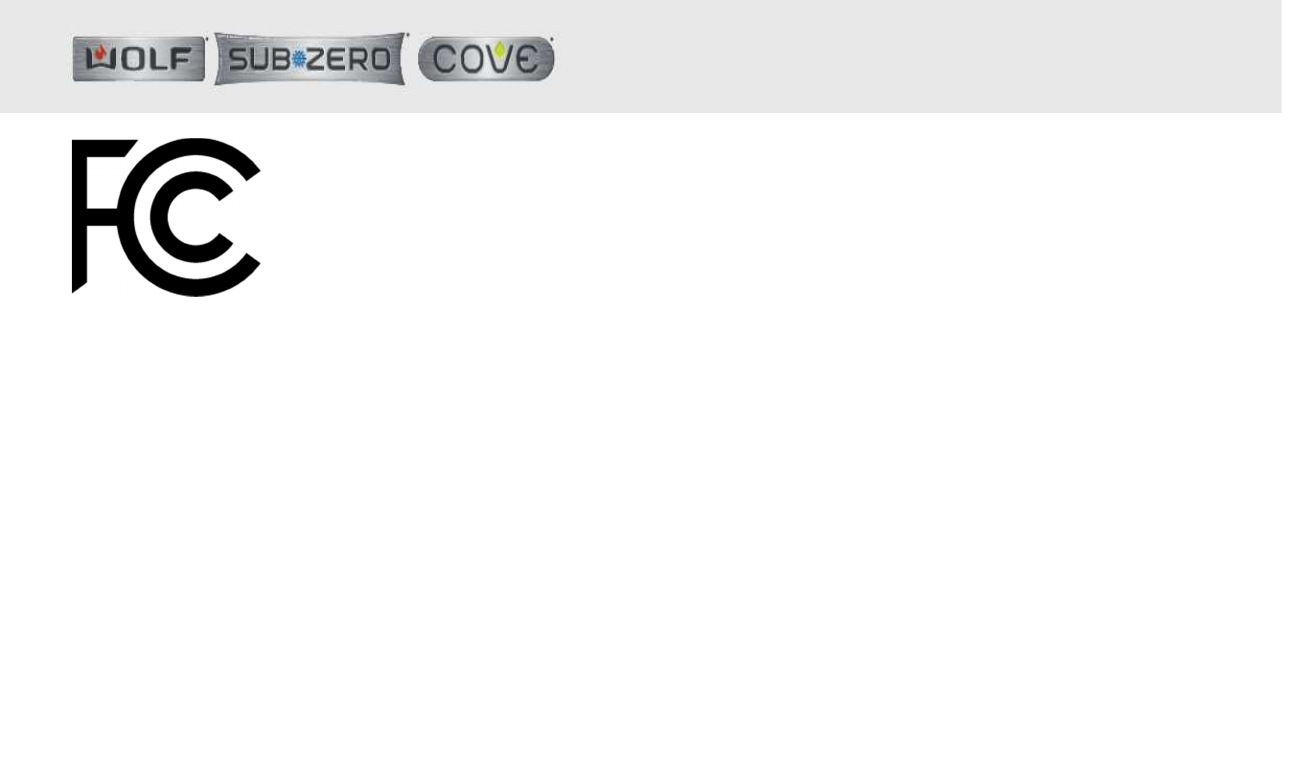Card Access CONAPPWM BT, BLE and 802.11abgn Radio Module User Manual CONAPPWM Integrator Guide
Card Access Inc BT, BLE and 802.11abgn Radio Module CONAPPWM Integrator Guide
Contents
- 1. CONAPPWM_Integrator_Guide
- 2. Connected_Appliances_UG
CONAPPWM_Integrator_Guide

Integrator Guide
This document is provided as clarification to integrators using the Connected Appliance Wireless Module (the ‘radio module’) to ensure
installations meet operational and regulatory requirements.
Relevant Documentation
Integrators should also should also access and refer to:
Connected Appliance Wireless Module User Guide
SZCAT API V4.0 (or latest revision)
SZCAT API V4.0 Engineering Supplement (or latest revision)
SZCAT API V4.0 Remote Cloud Service Supplement (or latest revision)
Mechanical & Electrical Considerations
To achieve proper operation of the radio module, integrators should comply with the following:
DC power should be provided to the radio in the range of 7 ~ 15V
Mechanical installation should be such that the radio module is solidly secured, particularly in appliances that may have electric motors,
etc. that can cause vibration like refrigerators and dishwashers.
Mechanical installation should consider module and antennae (features along the edge of the radio module circuit board) placement
and orientation so as to optimize connections with an intended access point or router. For example: flush-mount of the radio module
against metal features, metal plates or metal enclosures is prohibited since it will have a detrimental effect on radio performance.
Regulatory Considerations
No modifications of the radio module are allowed, especially as regards
o power regulation
o integrated shielding
o antennae

o labelling indicating FCC and IC identification numbers
otherwise regulatory approval is voided for that installation.
To comply with regulatory exposure limits, the radio module must not be installed in any manner in which the clearance to an end user
from the radio module and its integrated antennae is less than 20cm.
Appliances that contain the radio module are required to be marked in an area easily accessible by an end user as follows:
This device contains the WLAN / Bluetooth radio:
FCC ID: MHI-CONAPPWM
IC: 3681C-CONAPPWM
MODEL: CONAPPWM
A user guide with required Regulatory verbiage below (FCC statement and IC notice) for the Federal Communication Commission and
Industry Canada must be made readily available to the end user either in hard-copy or electronic form. The usage of the FCC logo either
on the label (for larger devices) or in the user documentation (in this case and typical of physically small transceivers) is required and
governed by FCC usage guidelines. Usage of the logo constitutes a declaration of conformity (DoC) to the FCC rules and regulations.
Federal Communications Commission (FCC) Statement
This equipment has been tested and found to comply with the limits for a Class B digital device, pursuant to Part 15 of the FCC Rules.
These limits are designed to provide reasonable protection against harmful interference in a residential installation. This equipment
generates, uses, and can radiate radio frequency energy and, if not installed and used in accordance with the instructions, may cause
harmful interference to radio communications. However, there is no guarantee the interference will not occur in a particular installation.
If this equipment does cause harmful interference to radio or television reception, which can be determined by turning the equipment
off and on, the user is encouraged to consult an authorized dealer or service representative for help.
This device complies with Part 15 of the FCC Rules. Operation is subject to the following two conditions: (1) this device may not cause
harmful interference, and (2) this device must accept any interference received, including interference that may cause undesired
operation.

Responsible party:
Sub-Zero Inc.
4717 Hammersley Road
Madison, WI 53711
Phone (608) 271-2233
Industry Canada Notice for Connected Appliances
This device complies with Industry Canada license-exempt RSS standard(s). Operation is subject to the following two conditions: (1) this
device may not cause interference, and (2) this device must accept any interference, including interference that may cause undesired
operation of the device.
Ce dispositif est conforme à la norme CNR-210 d’Industrie Canada applicable aux appareils radio exempts de licence. Son
fonctionnement est sujet aux deux conditions suivantes: (1) le dispositif ne doit pas produire de brouillage préjudiciable, et (2) ce
dispositif doit accepter tout brouillage reçu, y compris un brouillage susceptible de provoquer un fonctionnement indésirable.